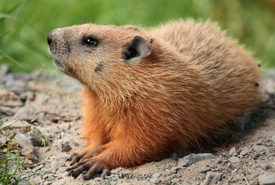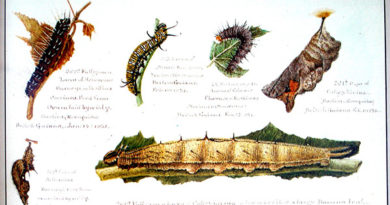Guide Photos from a Grand India Adventure

2022 is the Year of the Tiger, a year of new beginnings and big adventures, and Nat Hab celebrated by kicking off our first Grand India trip in two years! Expedition Leader Aditya Panda took these thrilling Bengal tiger photographs over the course of three days in Bandhavgarh National Park, one of three top national parks we visit on this adventure. On safari in search of these regal cats, travelers will encounter a treasure trove of other wildlife, including one-horned rhinoceros, Asian elephants, pythons, Asiatic jackals, dholes (wild dogs), Asian water buffalos, wild boars, Bengal foxes, civets, chowsinghas (four-horned antelopes), gaurs (the world’s largest wild ox), nilgais (the largest Asian antelopes), Indian wolves, Indian pangolins, Asiatic black bears and sloth bears. You’ll find other cat species that share the tigers’ habitat too, including Indian leopards, fishing cats and jungle cats. In forests and vast grassy meadows called maidans, seek out hog deer, sambar, spotted deer, muntjac (barking deer) and barasingha, a swamp deer saved from near-extinction. Amid the dense foliage, look for primates such as rhesus macaques, capped langurs, Bengal slow lorises, hoolock gibbons, Assam macaques, gray langurs and Gee’s golden langurs. By winding rivers, scan the waters for fishing eagles, otters and endangered Ganges river dolphins. On 4×4 drives through tiger territory each day, you’ll explore these rich habitats bursting with rare wildlife. At sundown, savor aromatic Indian specialties and relax at premier ecolodges tucked within wooded estates, sacred forests and India’s best wildlife reserves. You’ll leave this adventure with a heightened awareness of how conservation travel directly benefits both tigers and local communities and is integral to the protection of this endangered species and its jungle home.







Eager to see more big cats in India? Journey to the Land of the Snow Leopard. Recently, on our very first expedition in the Indian Himalayas, our travelers set out for their first day of snow leopard tracking and caught sight of a snow leopard in pursuit of an ibex! For the next hour, the group looked on in awe at what was ultimately an unsuccessful capture. Rare opportunities like this begin at our base for exploration, a private expedition lodge overlooking the Mangyu Valley, created as a way to leverage conservation-focused travel to protect snow leopards and their habitat. Our only neighbors at 18,000 feet in elevation are a monastery and a few traditional Ladakhi homes. As you venture deep into the snow leopard’s realm, keep an eye out for bharal (also known as blue sheep) and Ladakh urial perched on rocky outcrops. In the high meadows, woolly hares, Ladakh pikas and Himalayan marmots burrow, and packs of Tibetan wolves hunt. In the valley’s narrowest reaches, sheer cliffs and streams sustain a healthy population of Siberian ibex—a draw for snow leopards, which are capable of hunting animals up to three times their own weight. While in this alluring natural area, you’ll speak with experts from the Snow Leopard Conservancy about the threats these majestic cats face, including habitat loss, poaching, climate change, reduced prey and human conflict. You’ll also learn about the conservation strategies in place to protect this vulnerable top predator which serves as an essential indicator of ecosystem health. Research, advocacy and our economic contributions in Mangyu make all the difference in preserving the snow leopard’s future.
Snow Leopard Photographs by Expedition Leader Surya Ramachandran:





About the author: Emily Goodheart View all posts by Emily Goodheart
Emily is a Content Marketing Manager at Natural Habitat Adventures with a background in cultural anthropology and wildlife conservation. She has explored more than 20 countries, including Nat Hab trips to Tanzania and the Arctic, a wildlife-focused gap year in South Africa and Zimbabwe, a Nat Geo student photography expedition to the Galapagos, and Colorado College courses in Italy and India where she wrote about foodways and folklore.




